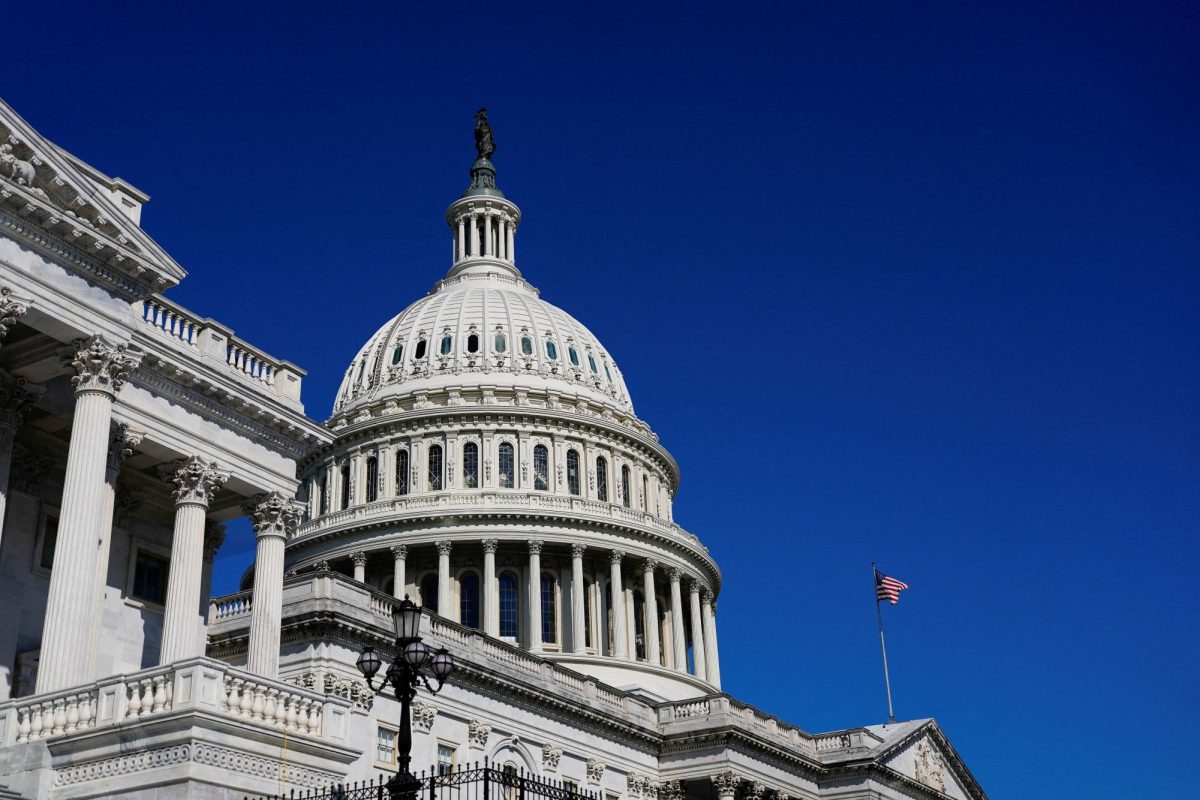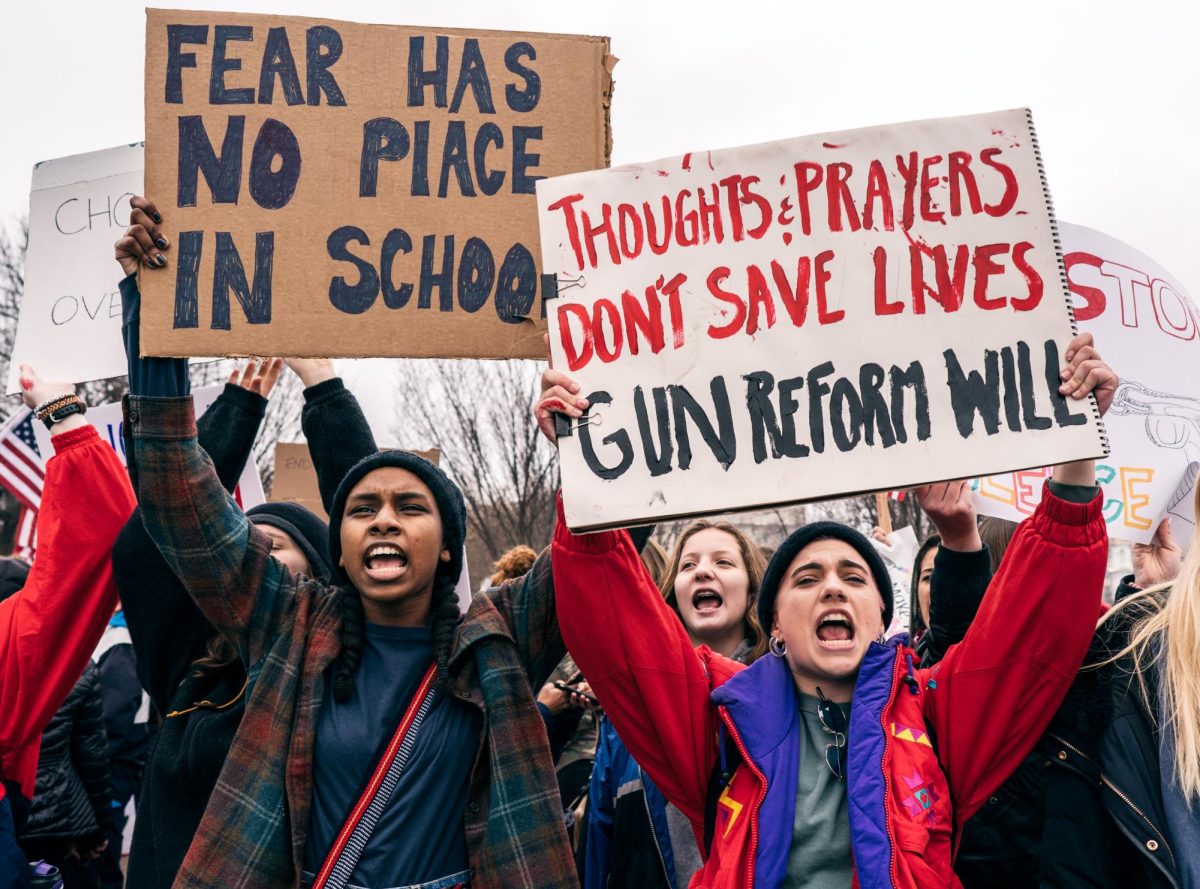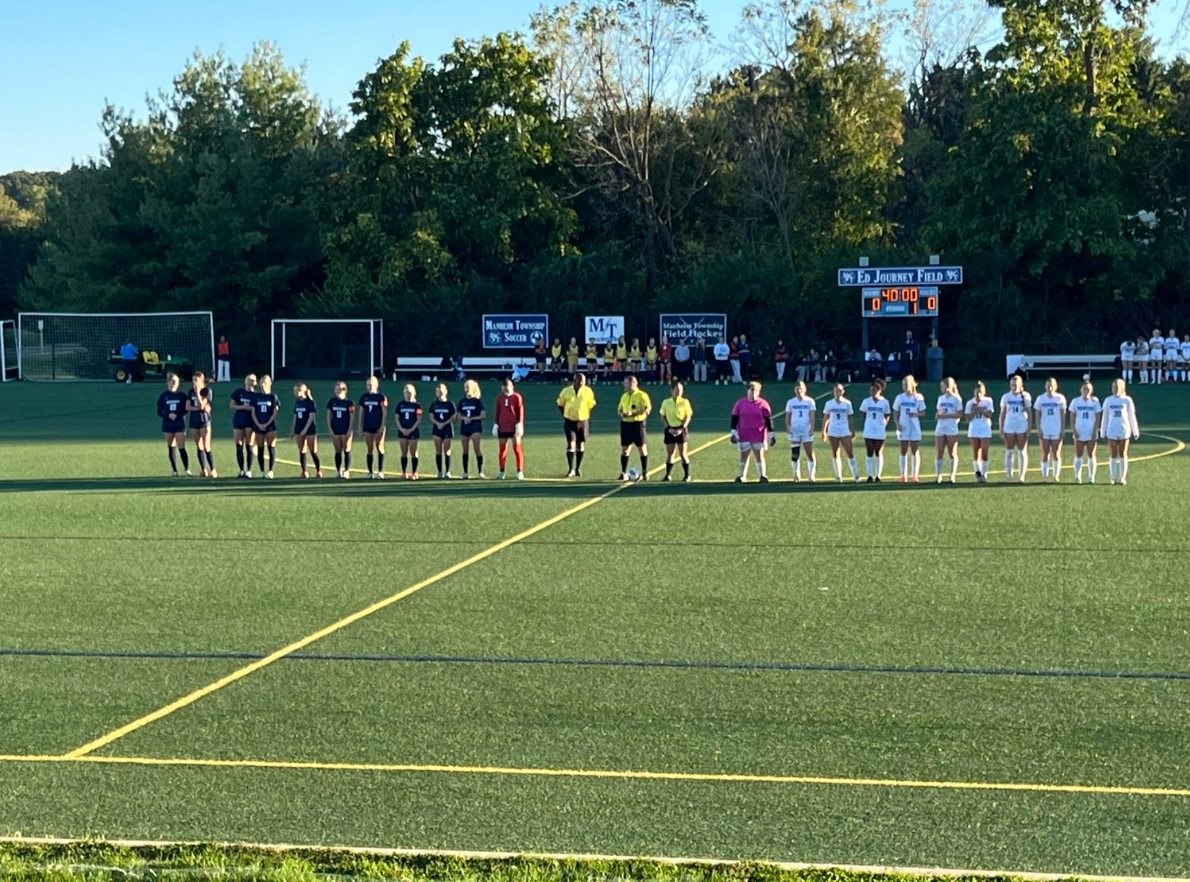On Oct. 1, the United States government shut down after the Senate failed to pass a government spending bill. In the US, a government shutdown occurs when there is a gap in federal funding, and the government furloughs federal workers without pay. Congress failed to fund the government before the fiscal year ended on Sept. 30, triggering the first shutdown since 2019.
The Antideficiency Act (initially passed in 1884 and amended in 1950), requires appropriation (the approval of Congress), in order to spend money. When Congress fails to pass 12 annual bills, federal agencies must cease all non-essential functions until Congress acts. The essential functions that remain are national security, public safety, emergency medical care, air traffic control, law enforcement, border security, disaster aid, and power grid management.
During government shutdowns, many federal employees are advised to not return to work until the shutdown is completed, however; under a 2019 law, they receive pay retroactively once the shutdown ends. Benefits like Social Security and Medicare continue because they are approved by Congress in laws that do not require annual appropriations.
Shutdowns disrupt applications for passports and small business loans. It also disrupts the functions of national park facilities. The government shutdown also impacts airfare functions. Aviation delay and cancellation will be frequent because federal employees responsible for air travel are expected to work without receiving pay. Passport processing is fee-funded and prolonged government shutdown can cause delays due to reduced staff support. Discretionary Programs are also disrupted because they will not receive any new funding besides federal highways(they will still receive funding). There will not be any funding available for mandatory programs unless they are currently authorized and not subject to the annual appropriations. In addition, Medicare abilities regarding telehealth and the Acute Care Hospital at Home initiative also expired on Septe. 30. It is estimated that the U.S travel industry loses an estimated one billion dollars for every week that the government shutdown persists.
According to Donald Trump in the White House: “Democrats have shut down the government.” As educated citizens, the shutdown occurred because both parties were incapable of coming to an agreement. As of today, the end of the shutdown does not appear to be in sight. On Oct. 16, the government failed to pass the Republican bill to extend government funding and end the shutdown. However, the Senate also voted in advancing a long-term appropriations bill to fund the Pentagon. There are a few options for how this shutdown could come to an end. The most common is a Continuing Resolution (CR). Ultimately, a CR is a temporary measure that extends government funding at current or slightly altered levels for a specific period of time, allowing Congress more time to negotiate a long-term deal. The other option would be to just pass the 12 individual appropriation bills. This would provide a long-term solution.















